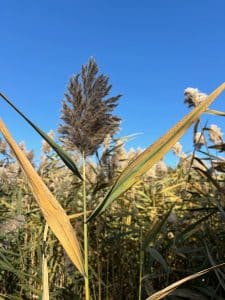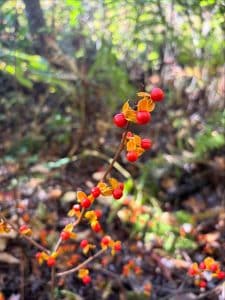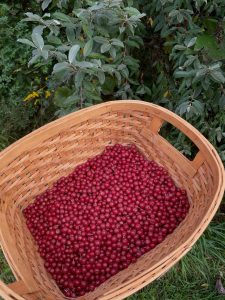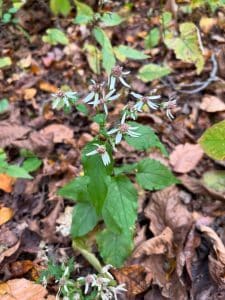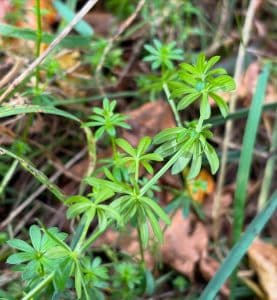Page Created by Connecticut Foraging Club
Upcoming Events | Meet the Instructors | Plant Archive | Mushroom Archive
----------------
Upcoming Events | Meet the Instructors | Plant Archive | Mushroom Archive
----------------
Common Comfrey (Symphytum officinale) is a non-native perennial that has been used for food and medicine for thousands of years.

Comfrey can be found on roadsides, old fields, and old homesteads. It can grow in moderate shade to full sun in rich, well-drained soil. Once a colony has been established, it can live for centuries.
Comfrey has a deep taproot that can bring up nutrients from the soil. Leaves are alternate and are densely covered in long, stiff hairs. Flowers hang down and range in color from white to purple.

Young comfrey leaves can be used early in the season raw or cooked as an herb. Flower buds and flowers can be used raw or cooked like a green.
Comfrey is also known as “knitbone” for its use in healing broken bones.
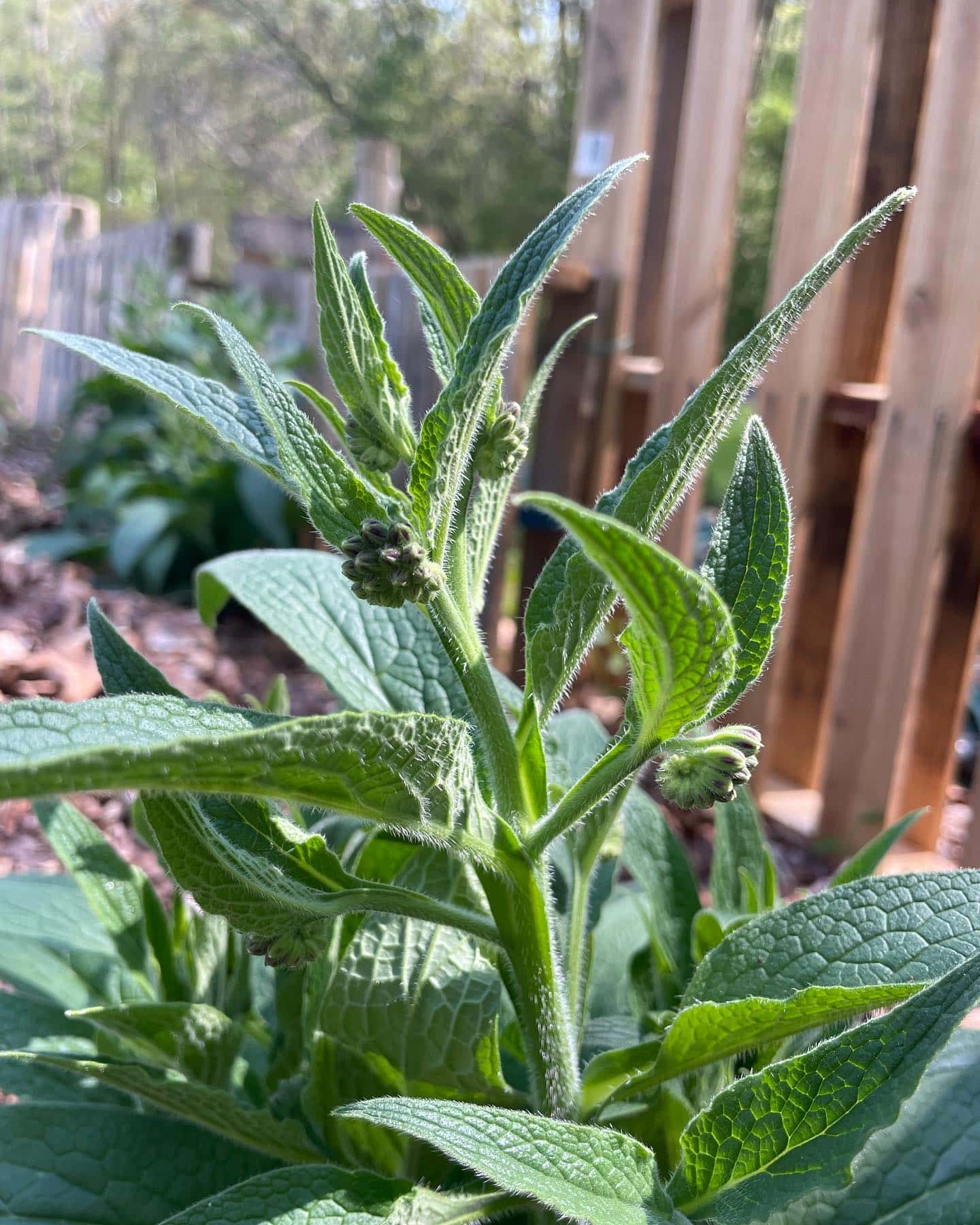
Comfrey contains pyrrolizide alkaloids which are liver toxins. Chronic consumption of large amounts of the plant, particularly the roots, can lead to serious medical issues. Young leaves and flowers have lower concentrations of the toxin and have been consumed in moderation for thousands of years.
--
Written by Amy Demers, founder of the Connecticut Foraging Club. To learn more about foraging in Connecticut, check out our upcoming classes.


